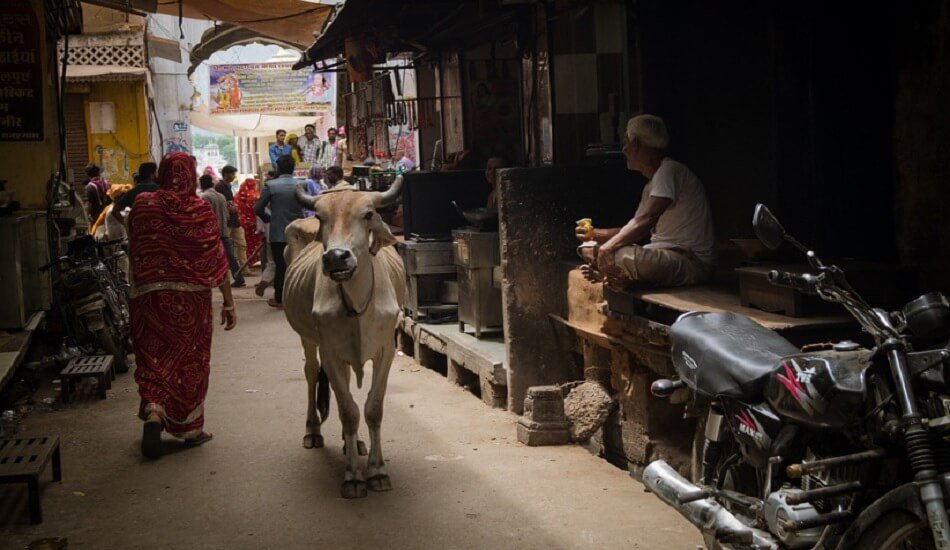NITI Aayog seeks to make stray cattle useful to the economy
The government’s top think tank, National Institution for Transforming India (NITI) Aayog, has come up with a plan to make Gaushalas (cow shelters) ‘economically viable’ and turn the millions of homeless cattle that roam India into valuable assets. As part of the bovine rescue plan, bio-fertilizers and organic manure (cow dung) that would be used in farming would be made and sold.
On Friday, an event was held at the Aayog’s office in Delhi to release a report called ‘Production and Promotion of Organic and Bio-Fertilizers with Special Focus on Improving Economic Viability of Gaushala.’ The event began with a blessing from Shri Ramesh Babaji Maharaj, who was there virtually. People who run Gaushalas in different places were also invited. Mahant Anantananda, a young ‘sadhu’ from Haridwar, Uttarakhand, also spoke to the group from afar. ‘On 1,000 acres on both sides of the Ganga, we will do organic farming. Mahant Anantananda said, ‘We will make this project a success.’
Also Read | Eliminate Urea; natural farming achievable with one cow on 21 acres: Amit Shah
Bovine project
Member Ramesh Chand said that if the report’s recommendation to make it mandatory for fertilizer companies to sell at least 10–20% organic manure as part of their mix was put into action, it would help reach the goal of converting 25% of cultivable land (out of a total of 196 million hectares of land used for farming) to organic or natural farming by 2030. Sources say that as of now, 1.1 million acres are used for natural farming and 2% are used for organic farming.
Chand said that all of the suggestions in the report will be taken into account. ‘We will sometimes bring it up at a high level. ‘Since the Prime Minister is our Chairman, we will take it to him,’ Chand said as he released the report.
Cow-shed economics
According to a report by NITI Aayog, the total cost of running a gaushala with 1,000 cows is ₹1.18 lakh per day if the land is included and ₹82,475 if the land is not included. Only 30% of the cost of running a gaushala comes from the sale of products made there. The rest comes from donations, grants, and other sources. Chand said that the suggestions will help gaushalas become at least 50% self-sufficient financially. The rest can be taken care of by donations and other activities.
Also Read | Cow-based economy, IIM-A suggests stray cow face recognition technology
One of the invited guests said that the government should put Mahatma Gandhi National Rural Employment Guarantee Act (MGNREGA) workers to work at Gaushalas and give farmers the bio-fertilizers they make for free.


















Add Comment